Between April 9 to April 18, all juniors in the Chino Valley Unified School District were responsible for taking a test called the California Assessment of Student Performance and Progress, otherwise known as the CAASPP. While many juniors see this as a waste of time, others take it seriously to get incentives like a graduation cord. Although this is a necessary test to see how students perform, do juniors really care about trying their best?
Since the beginning of the year, many teachers have begun to prepare and assist their juniors as much as possible before they take the test. Advanced Placement (AP) teachers are already a step ahead, as their material more closely aligns with the standards that will be tested on the CAASPP.
“I teach AP Language and we practice multiple choice test taking strategies all year long. We actually write a synthesis essay [for the class], which is usually what the performance task is about,” English 10 Honors and AP Language and Composition teacher Mrs. Mariana Jolly said. “The ninth and tenth grade teachers have prepared [the current freshmen and sophomores] as well, so by the time they start the CAASPP test, they should feel confident about getting a wonderful score.”
Talking about the importance of the test is another way teachers have been preparing students. The school district is able to see what standards students are not comfortable with, so they know what changes to make to the curriculum for the upcoming years.
“We started talking about the importance of doing well on that test and what that test means for the school,” English 10 Honors and AP Language teacher Mrs. Alexis Sjol said. “Anytime we can look at data, it helps the school because then we see the best teaching practices.”
Despite all the preparation that students have done this year, not all of them take it seriously. Since the outcome of the CAASPP will have no negative impact on the student’s grades, many feel that there is no reason to try their best. Instead of there being punishments for those who do not put in effort, there will be a reward for those who pass the test with a standard met or higher; the reward is a graduation cord with different colors, each representing how many of the three subject tests that the students passed. Even with this as encouragement, many teachers still fear that this isn’t enough.
“I hope the cords are enough motivation. I think that it’s something to look forward to as far as their senior year is concerned,” Jolly said. “I wish we could shower them with delicious food and awesome certificates, but we don’t have an endless amount of money. I think the cords are a great way to showcase that our students can meet the expectations.”
Despite all the preparation that was put into this test, not everything went as smoothly as expected. For one class, juniors were given the practice test code rather than the real one, meaning that students had to take the science portion twice. While this mix up made some students care less on the second time, others took it as an opportunity for more practice.
“We were given the wrong code and accidentally took the practice science test instead of the actual test,” Rebekah Xia (11) said. “I felt more prepared since it gave me extra practice, so I felt more confident when taking the real test. I took the CAASPP seriously.”
Inevitably, not everything will go exactly according to plan. After months of practice, teachers hope that students will give the CAASPP their best effort.






















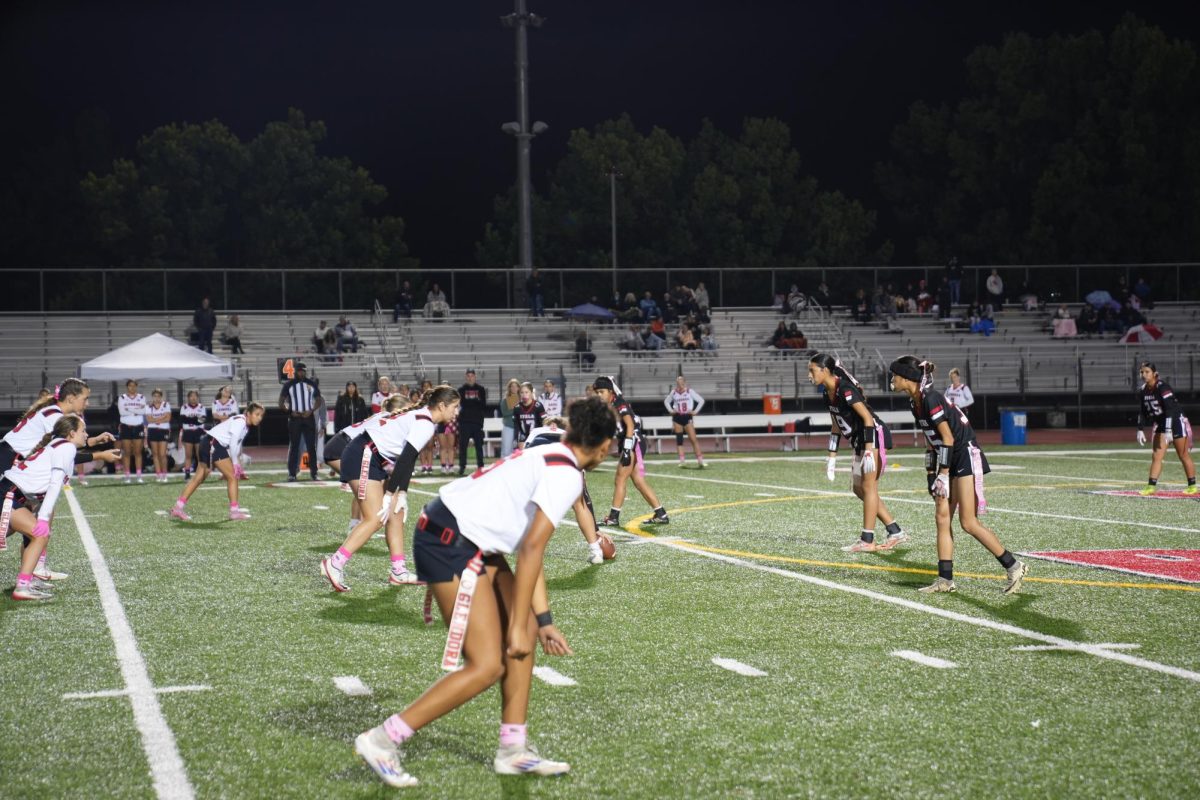
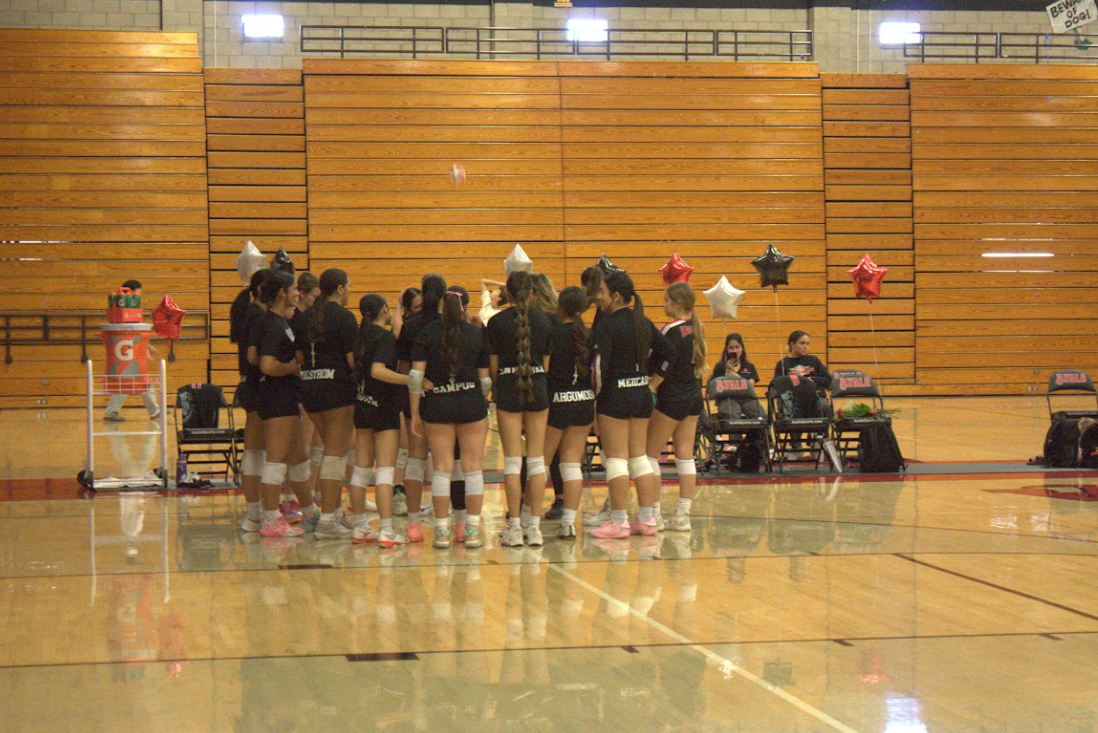

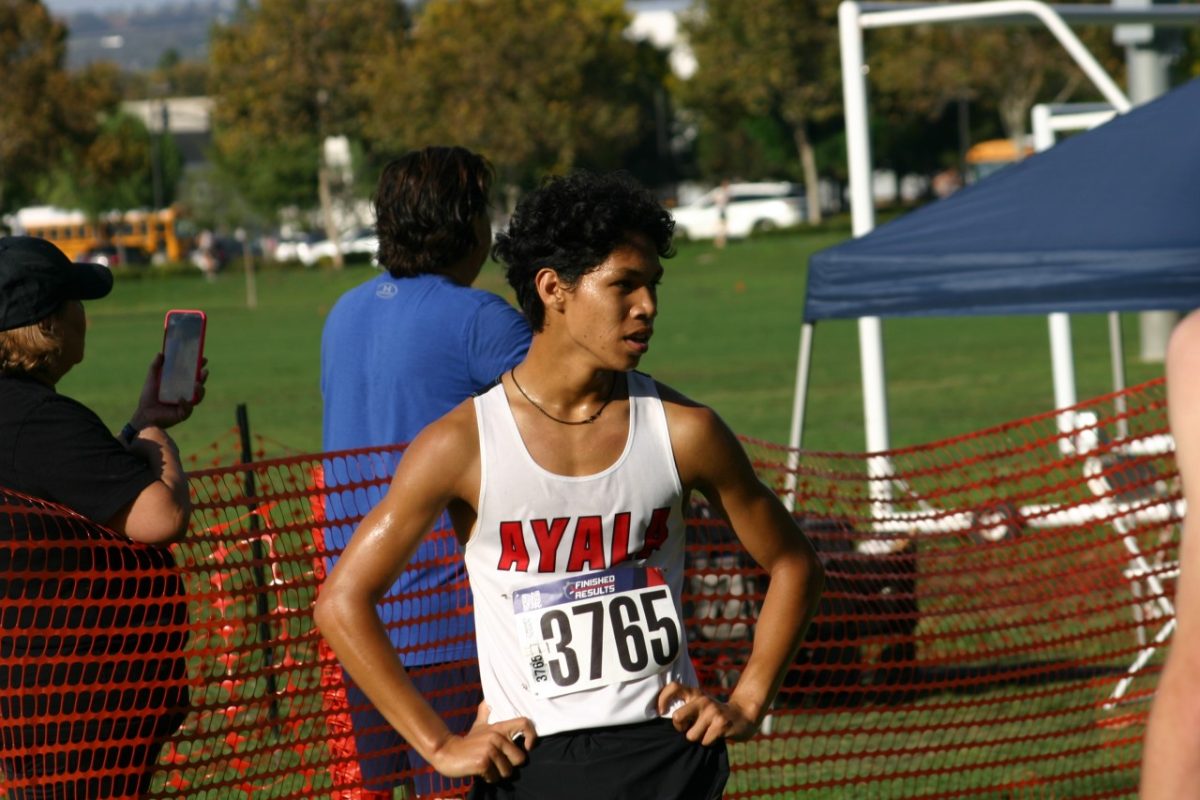
![“I'd say [this season was] successful because I didn't really think I was going to really play much because I'm a freshman. But my coaches took the time and believed in me,” Jonah Boyd (9) said. As a freshman, Boyd has already achieved great success during his first year on the boys Varsity baseball team.](https://ayalabulldogtimes.org/wp-content/uploads/2025/05/IMG_1598-1.jpeg)



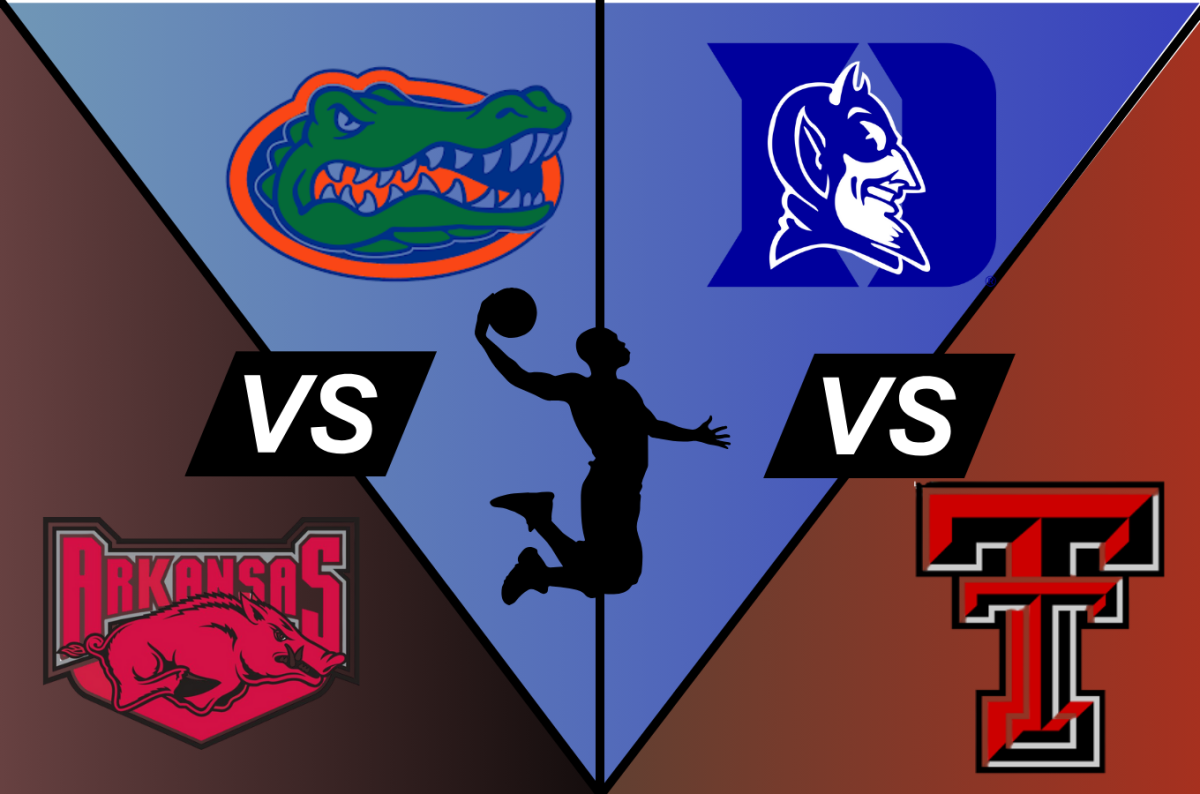


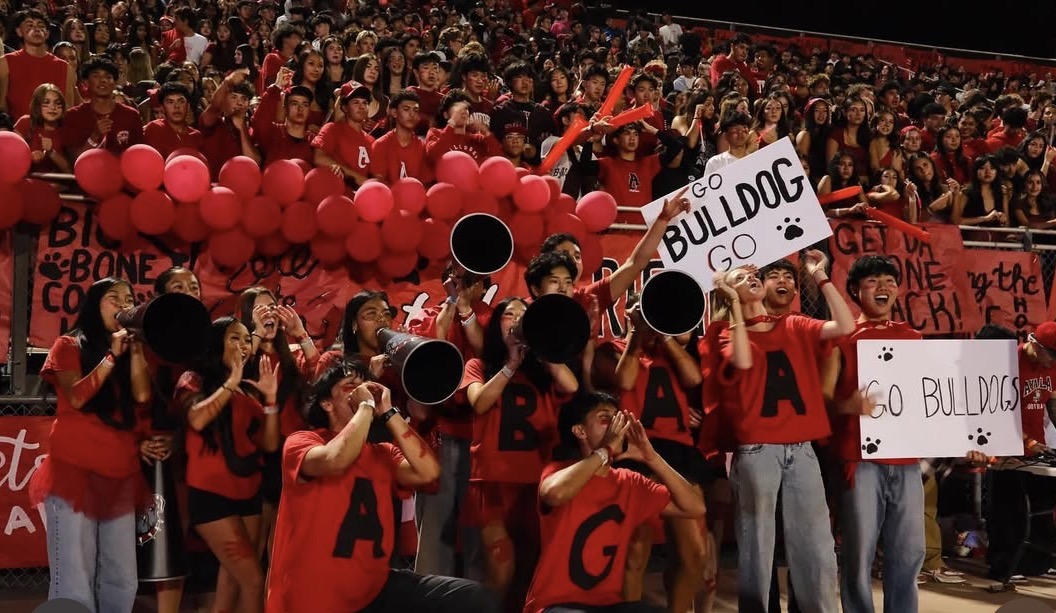

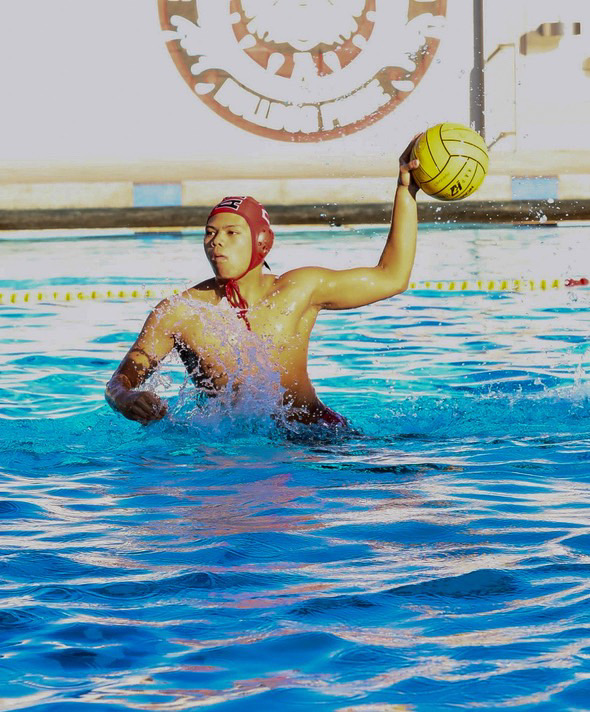




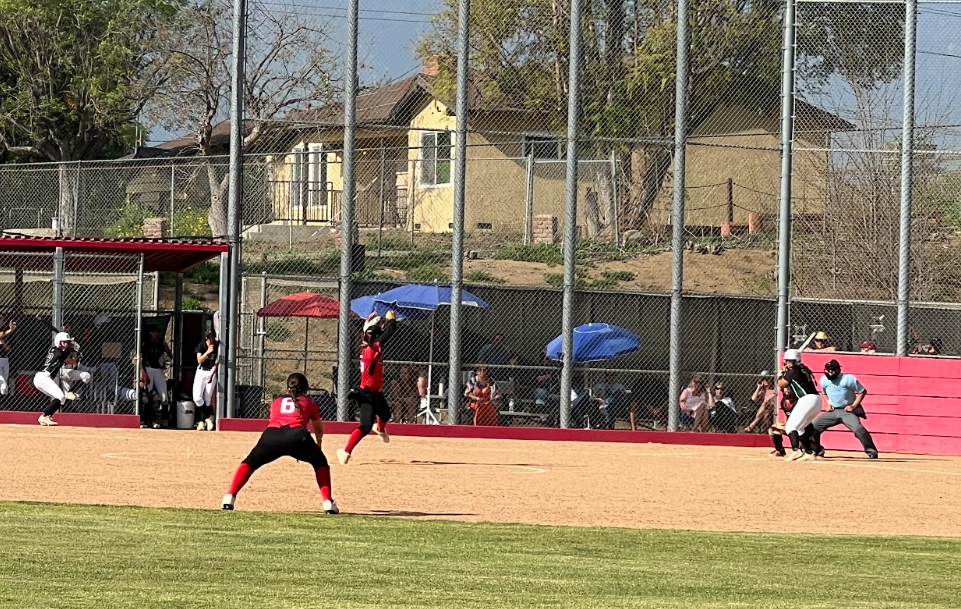


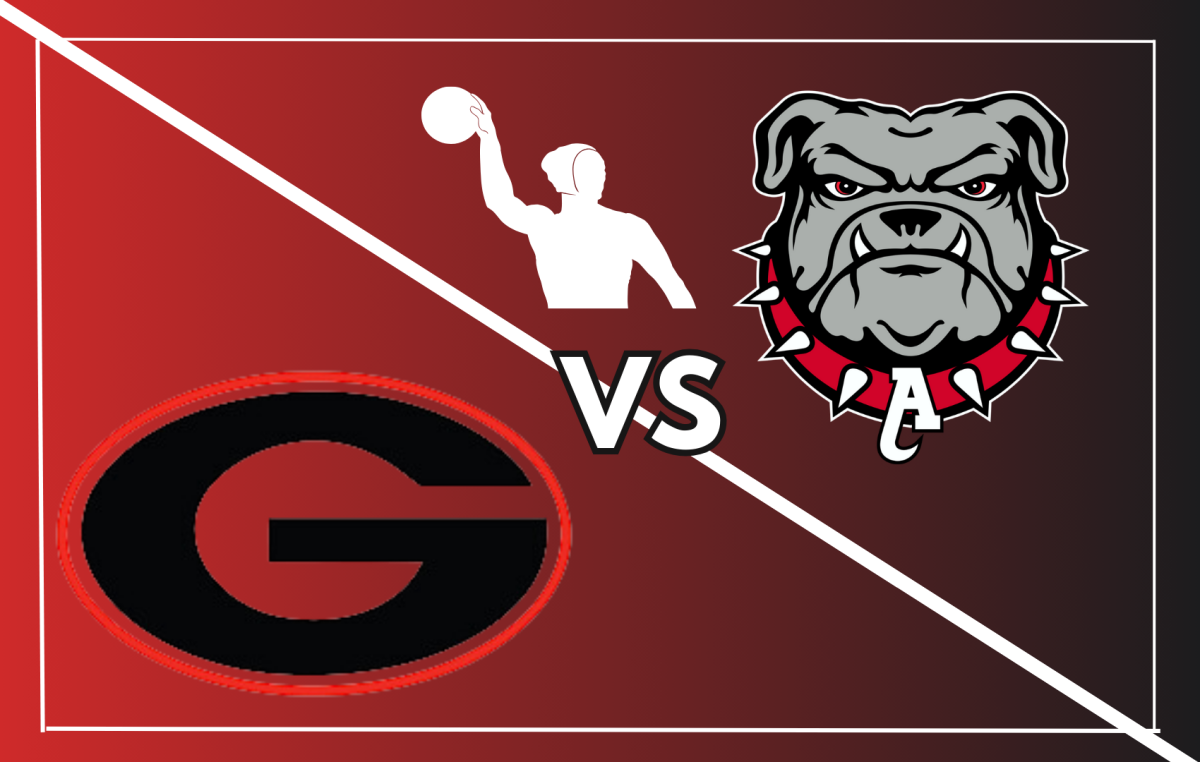











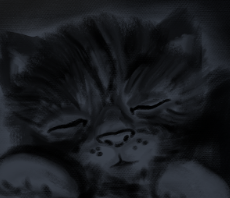










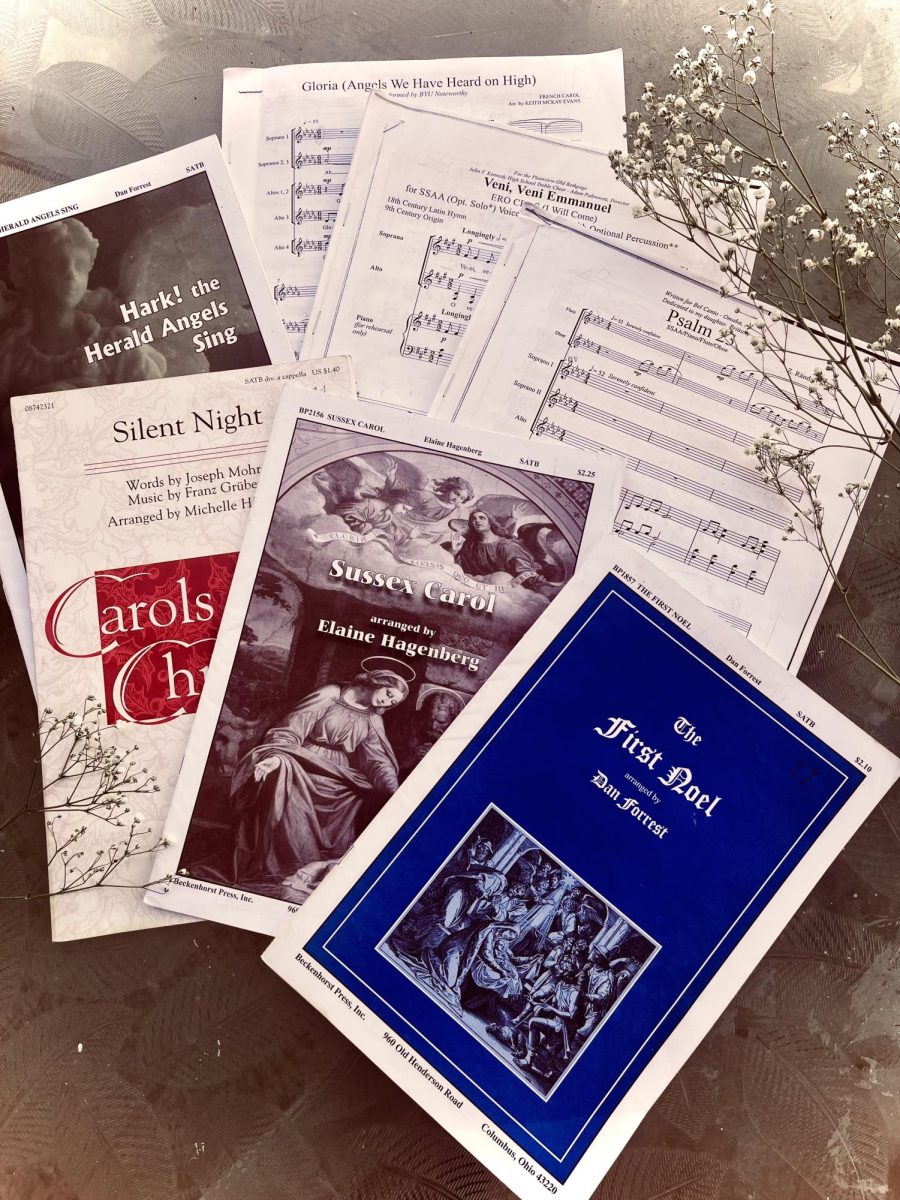



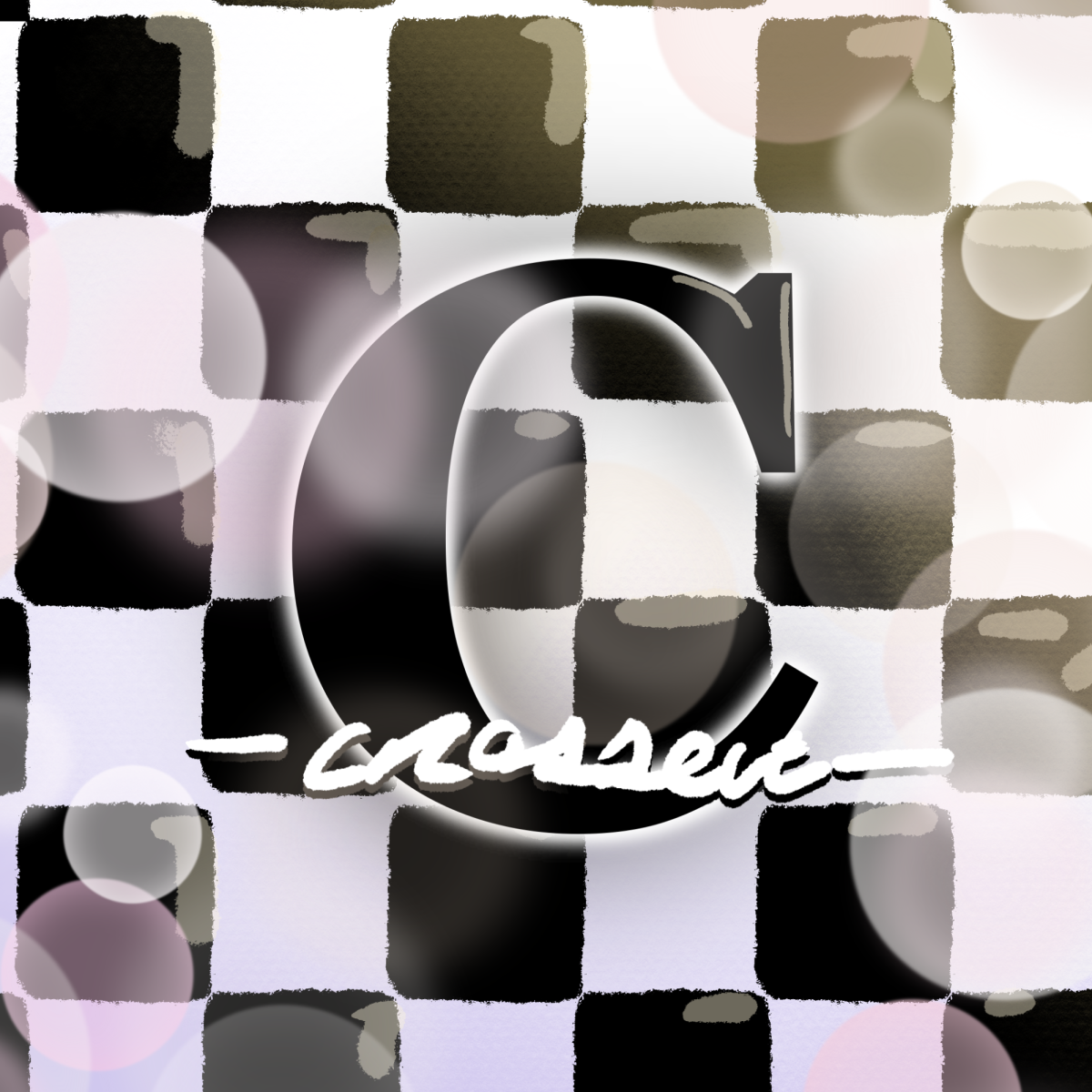


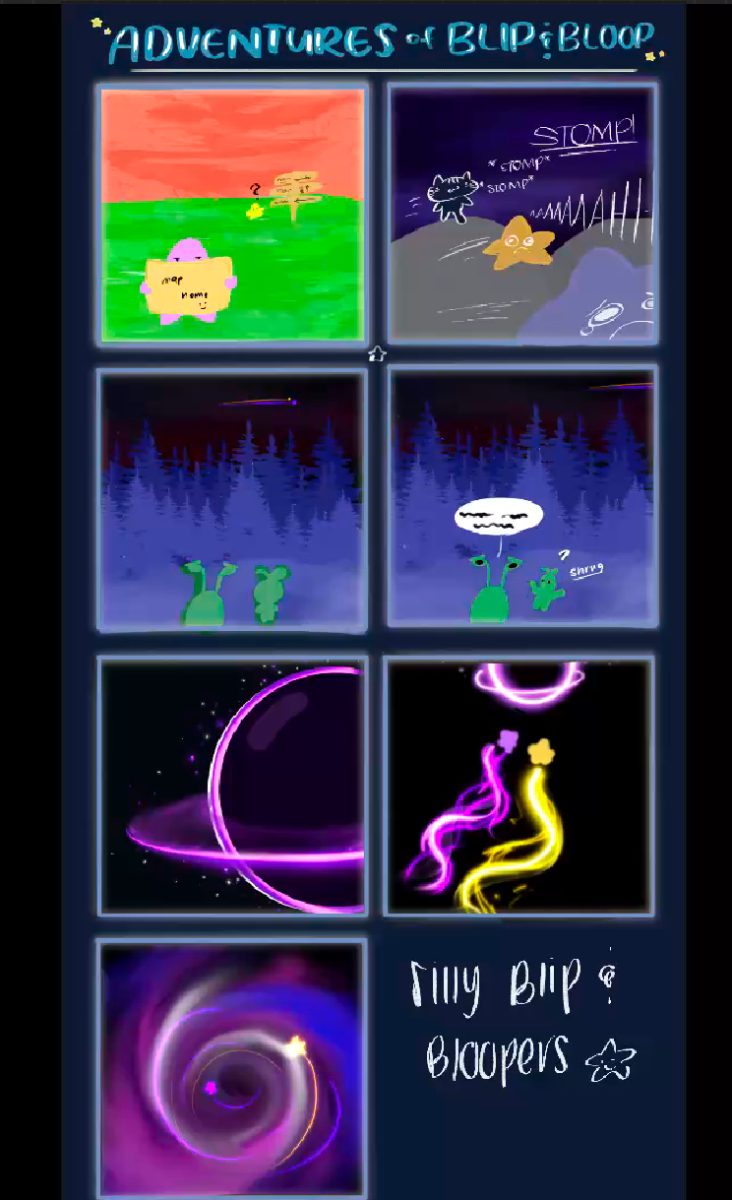

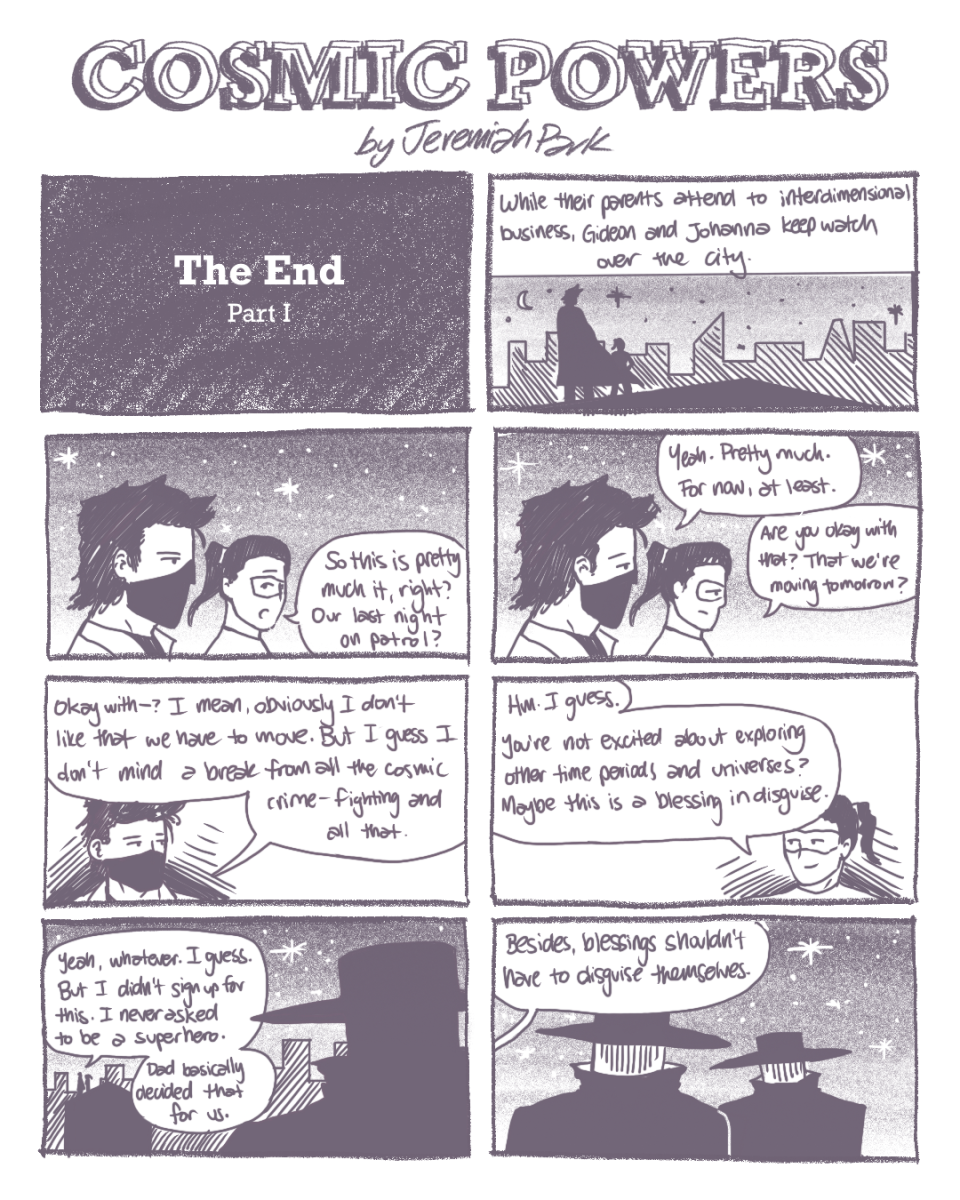
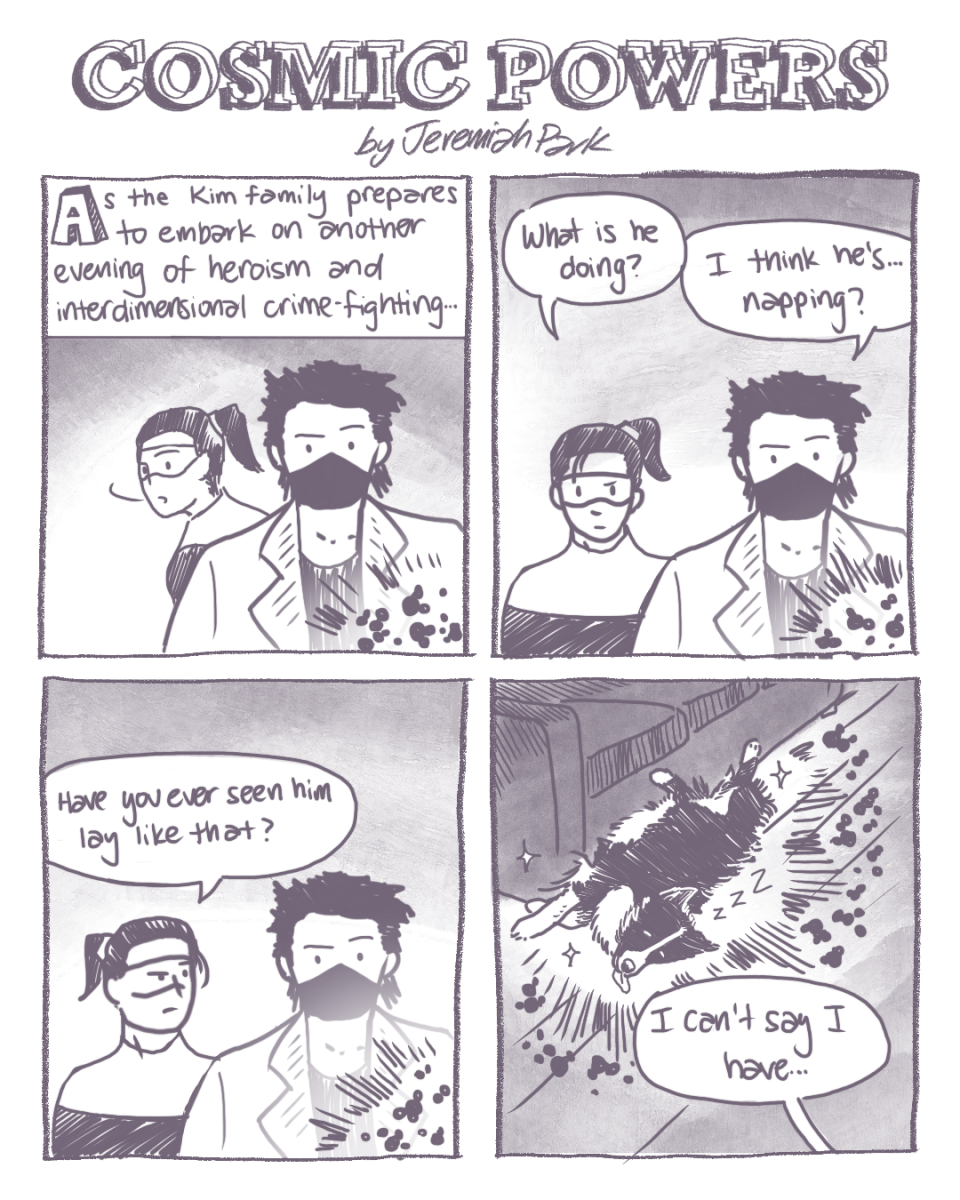

![Even though all juniors must take the CAASPP test, not everyone takes it seriously despite incentives. “I think that we've tried our best to stress the importance of the test, so hopefully that is coming across within [students'] own attitudes towards [the CAASPP]," English 10 Honors and AP Language teacher Mrs. Alexis Sjol said.](https://ayalabulldogtimes.org/wp-content/uploads/2024/04/IMG_8177.jpg)


